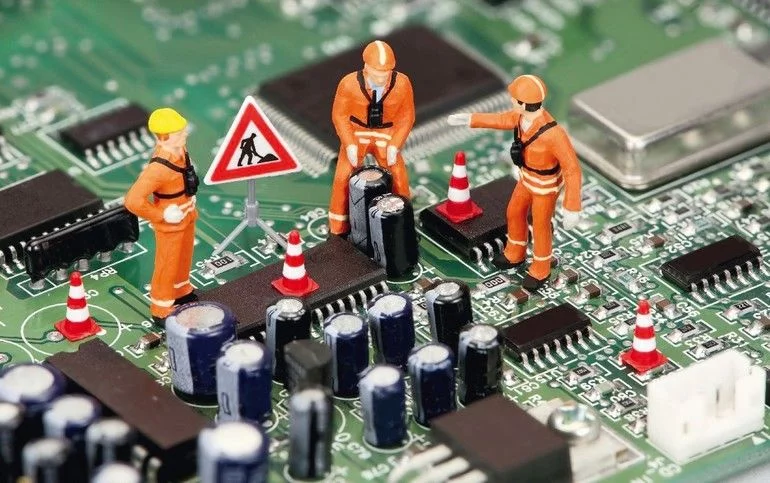
What are the reasons for electronic component failure?
Global electronic component supplier AMPHEO PTY LTD: Rich inventory for one-stop shopping. Inquire easily, and receive fast, customized solutions and quotes.
Electronic components can fail for many reasons, broadly categorized into design issues, manufacturing defects, environmental stress, and usage errors. Here's a breakdown of the most common causes:

1. Design-Related Failures
-
Improper voltage/current ratings: Exceeding max ratings (e.g., overvoltage, overcurrent) causes breakdown.
-
Insufficient derating: Not allowing headroom for voltage, power, or temperature margins.
-
Inadequate thermal management: Overheating due to poor heat dissipation.
-
Poor circuit protection: Absence of ESD, surge, or reverse polarity protection.
2. Manufacturing Defects
-
Soldering issues: Cold solder joints, solder bridges, or cracked joints.
-
Contamination: Residual flux, moisture, or particles during PCB assembly.
-
Component defects: Internal flaws like bad die attach, thin oxide layers, or bond wire failures.
-
Packaging defects: Cracked IC packages or leaky capacitors.
3. Environmental Stress
-
Electrostatic Discharge (ESD): Sensitive components can be damaged by static electricity.
-
Overtemperature: High ambient or self-heating exceeding rated limits.
-
Humidity and corrosion: Moisture ingress causes corrosion, dendritic growth, or short circuits.
-
Vibration and shock: Physical stress may cause mechanical cracking or lead breakage.
-
Radiation (in aerospace/nuclear): Can degrade semiconductors over time.
4. Electrical Overstress (EOS)
-
Transient voltage spikes: From switching inductive loads or lightning strikes.
-
Reverse polarity or incorrect connections: Especially for polarized components.
-
Inrush current: Sudden surges at power-on can damage capacitors or MOSFETs.
-
Latch-up: In CMOS circuits, parasitic structures can create a low-impedance path.
5. Operational & Human Errors
-
Incorrect component choice: Using wrong part number or rating.
-
Miswiring: Mistakes in PCB design or manual assembly.
-
Poor maintenance or aging: Dust, oxidation, or wear over time.
-
Improper handling: Bending leads, ESD exposure, or applying mechanical force.
6. Aging and Wear-Out Mechanisms
-
Electromigration: Atom movement under high current densities over time.
-
Thermal cycling: Repeated expansion/contraction causes solder fatigue.
-
Capacitor aging: Especially electrolytics; they dry out and lose capacitance.
-
Flash memory degradation: Limited write/erase cycles.
In Summary:
| Category | Example Cause |
|---|---|
| Design Flaws | Underrated voltage, no thermal protection |
| Manufacturing Issues | Bad solder joints, IC defects |
| Environmental Stress | ESD, heat, humidity |
| Electrical Overstress | Voltage surges, reverse polarity |
| Human Error | Wrong component or wiring |
| Aging & Wear | Electromigration, capacitor drying |
